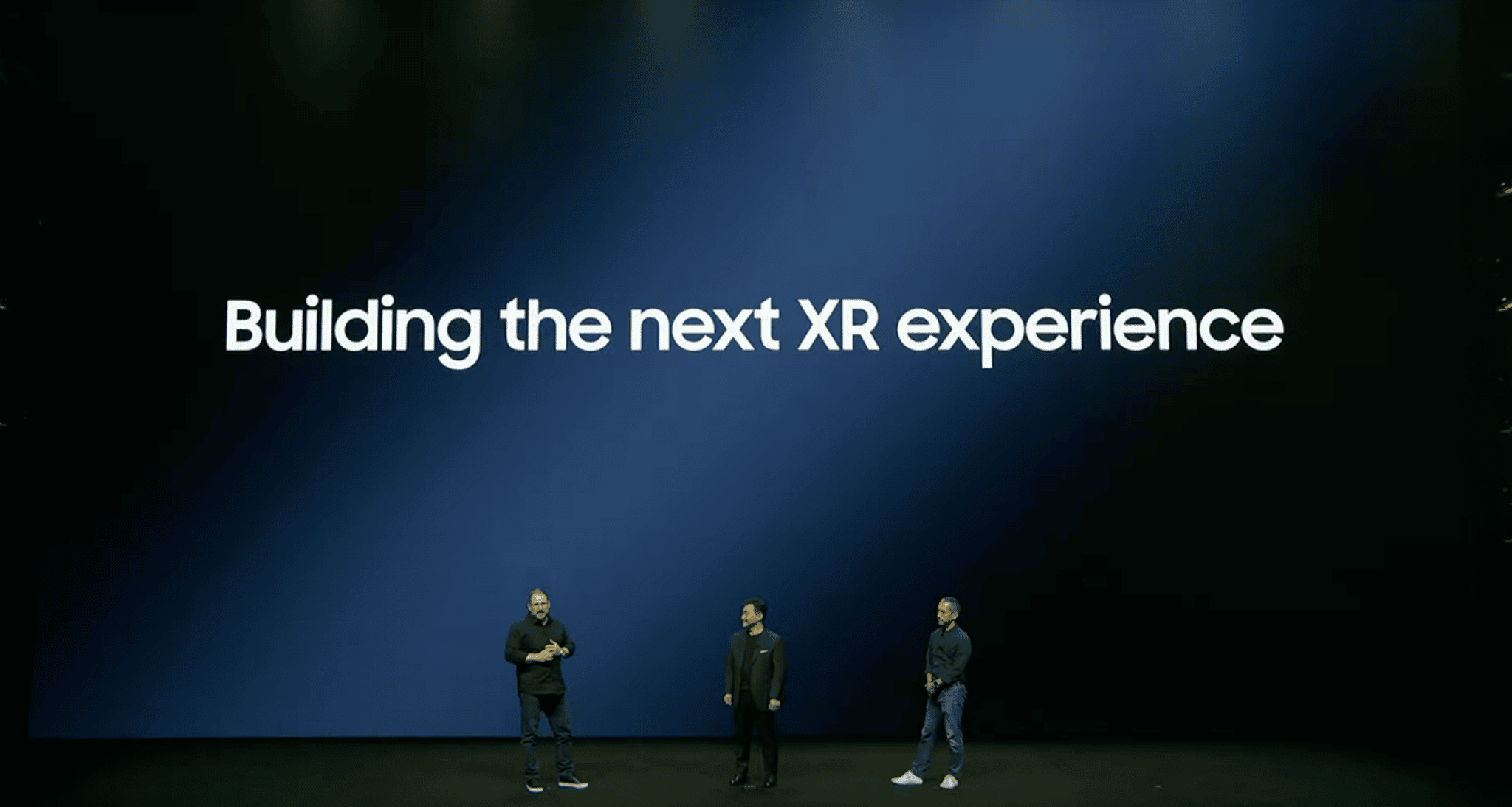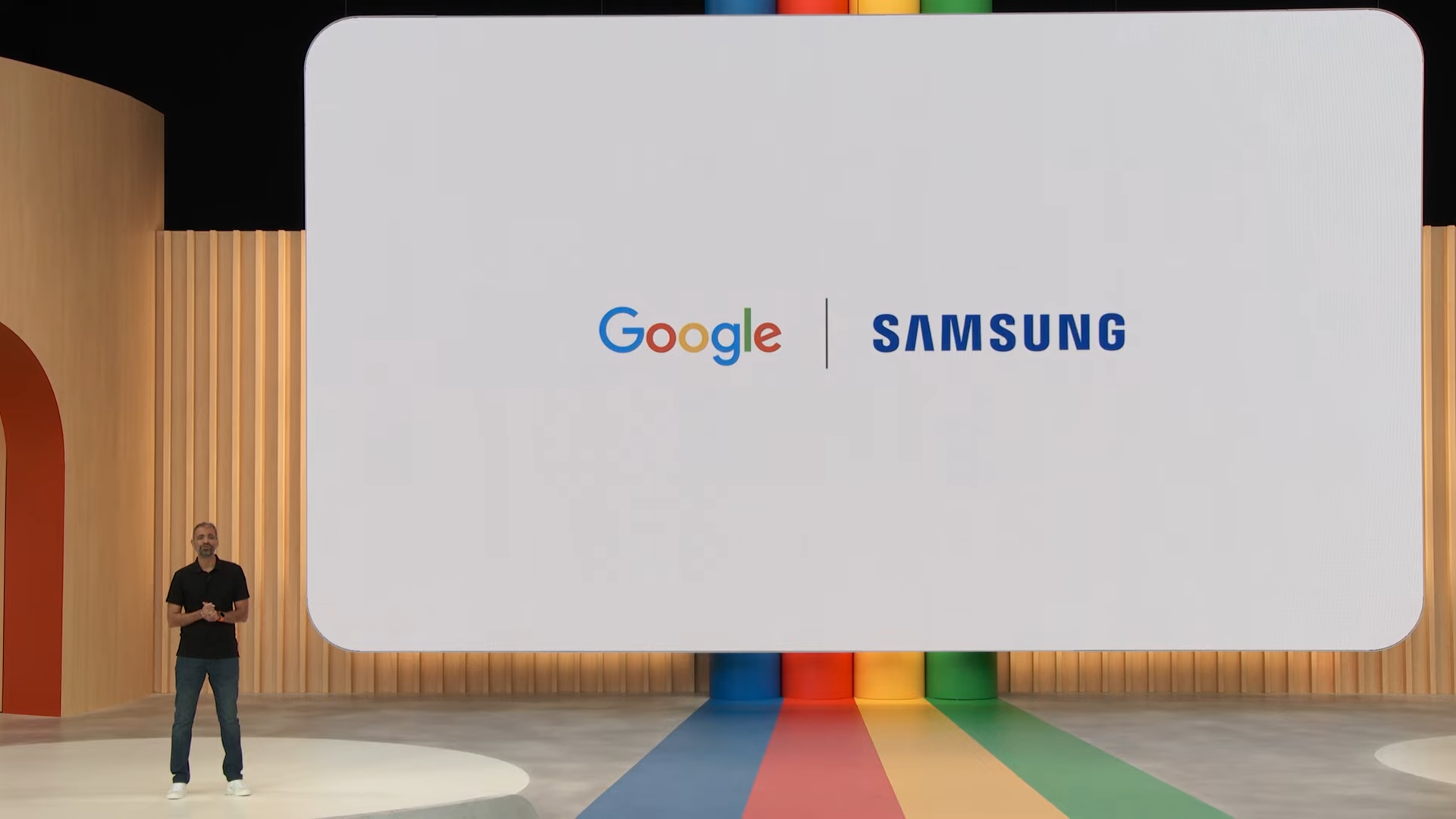During its I/O 2023 conference, Google said it will share more about its ‘Android collaboration’ with Samsung on ‘immersive XR’ later this year.
“Our partnership on WearOS with Samsung has been amazing, and I’m excited about our new Android collaboration on immersive XR. We’ll share more later this year.”
Samsung revealed in February that it was partnering with Google and Qualcomm to develop XR hardware, with Qualcomm providing the chipset and Google handling “the software”. XR is a catch-all term for virtual, augmented, and mixed reality.

In December, a South Korean news outlet reported Samsung had already built prototypes of a headset, was trialing production, and planned to ship samples to developers this year.
Google’s wording at I/O confirms the operating system for Samsung’s headset will be Android-based. As the quote alludes, Samsung abandoned the smartwatch variant of its Tizen OS two years ago in favor of Google’s WearOS 3, so the companies have a recent history of working together on deep hardware-software integration. But it’s likely Google will make the XR version of Android available to other hardware companies too, as it has with variants like Android TV.
Last year The Verge reported Google was working on its own headset for 2024 codenamed Project Iris, also running a new variant of Android but powered by a Google chipset. It’s unknown whether Project Iris has been canceled, or if it might still arrive later as a Pixel-branded competitor to Samsung’s headset.
Of course, Google’s Android already had VR support in the past, called Daydream. Launched in late 2016, the Daydream View headset allowed select high end phones to be slotted into it for basic rotation-only VR, eventually including some Samsung phones. In 2018, Google and Lenovo even released a $400 standalone headset with positional tracking, running Android with Daydream. But while Google sent out positionally tracked controller development kits, these never shipped to consumers and the headset was stuck with a basic laser pointer for its input. By 2019, Google ended Daydream View sales and abandoned the platform.
Google also said it started testing AR glasses in public last year, after acquiring North and its Focals smart glasses platform in 2020.
Samsung had a somewhat more successful history in VR. From 2014, it partnered with Facebook on Gear VR, effectively the first mass-market VR headset, that arrived years before Daydream View and eventually competed with it. But by 2019, Gear VR was dead as standalone headsets like Oculus Go took over, and a year later Facebook formally abandoned it.
In late 2017, Samsung launched Odyssey, a Windows VR headset, and a year later the successor Odyssey+. Both used the same OLED displays as the original Oculus Quest and HTC Vive Pro. In 2020, China’s intellectual property office awarded Samsung a patent for a successor, but no product came of it.
Daydream, Gear VR, and Odyssey clearly never reached enough success for the companies involved. But the success of Meta’s Quest, advances in computer vision for mixed reality, and the impending reveal of Apple’s headset may have driven these companies back to XR with the standalone form factor. There’s not enough in these hints to make clear whether Samsung plans to debut a mass market consumer product or something more geared toward early adopters & developers, but it’s looking like we’ll hear more about it later this year.





